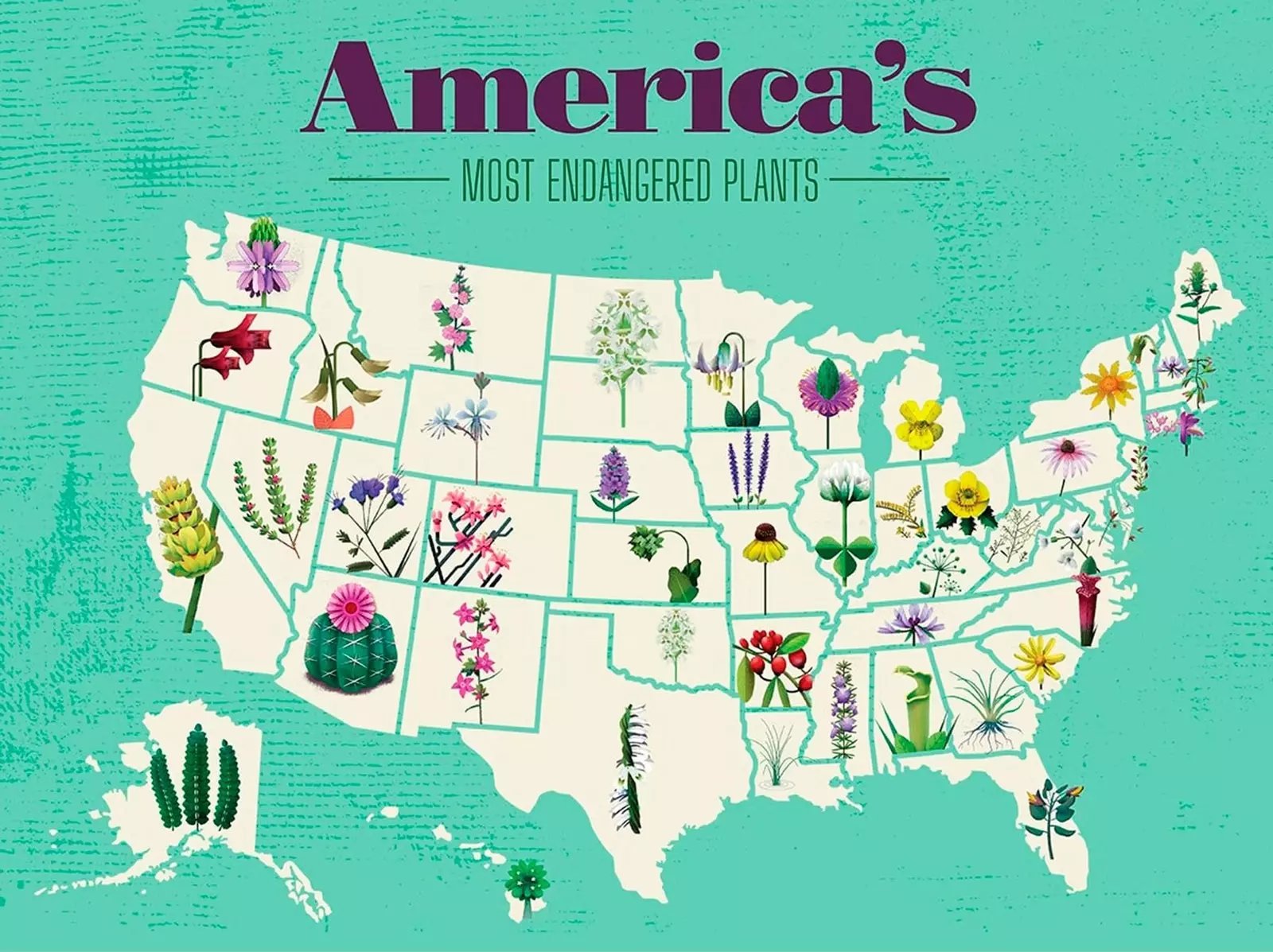
Here's a Tribute to America's Most Endangered Plants
Each state in the United States has its own species in Danger of extinction , which add up to a total of 800 plants , not counting the thousands of species that are **protected at the state level. **
This is a problem for the ecosystem on which we depend, and we are the main threat: we are responsible for the endangered status of 99% of the species at risk, according to the Center for Biological Diversity.
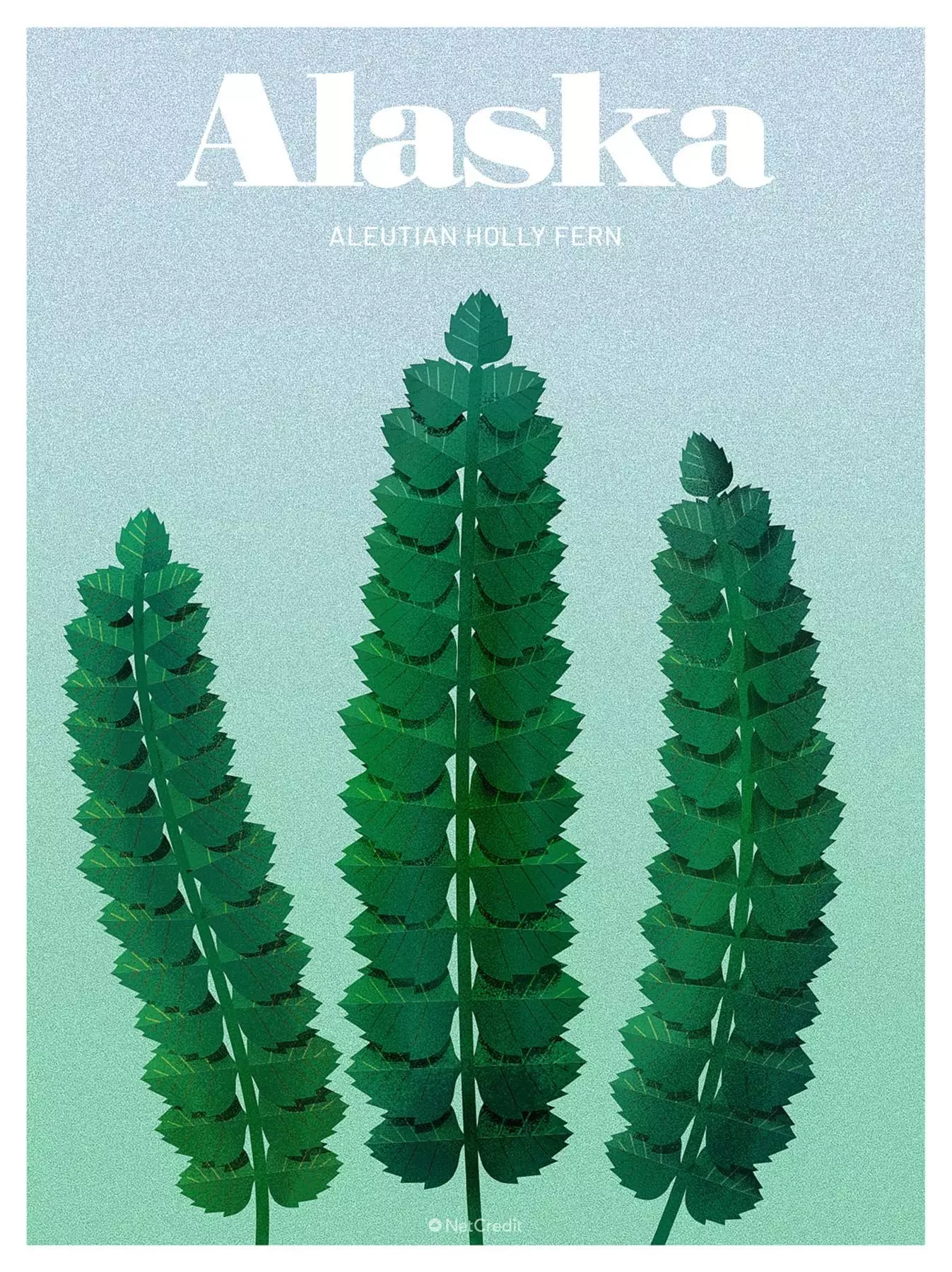
Aleutian Holly Fern
For this reason, as a weapon of awareness, Net Credit wanted to dedicate a post on his blog to the american flora more vulnerable.
To create these wonderful posters, which illustrate one endangered species for each state of the country, have used resources from the United States Department of Agriculture.
Alabama: Alabama Canebrake Pitcher Plant (Sarracenia alabamensis)
The alterations that people have made to the limited habitat of this carnivorous plant have kept it on the species list. in danger of extinction for more than 40 years.
Alaska: Aleutian Holly Fern
This rare fern is Alaska's only native plant in danger of extinction: there are only about **150 of this type of fern left, which grow in Adak, in the Aleutian Islands. **
**Arizona: Nichol's Echinocactus**
The cactus can only be found in the Sonoran desert, in south-central Arizona and in a single point in Mexico. Its body is grayish-green and covered with pink or brown spines. Its beautiful magenta flower opens from midday to dusk.
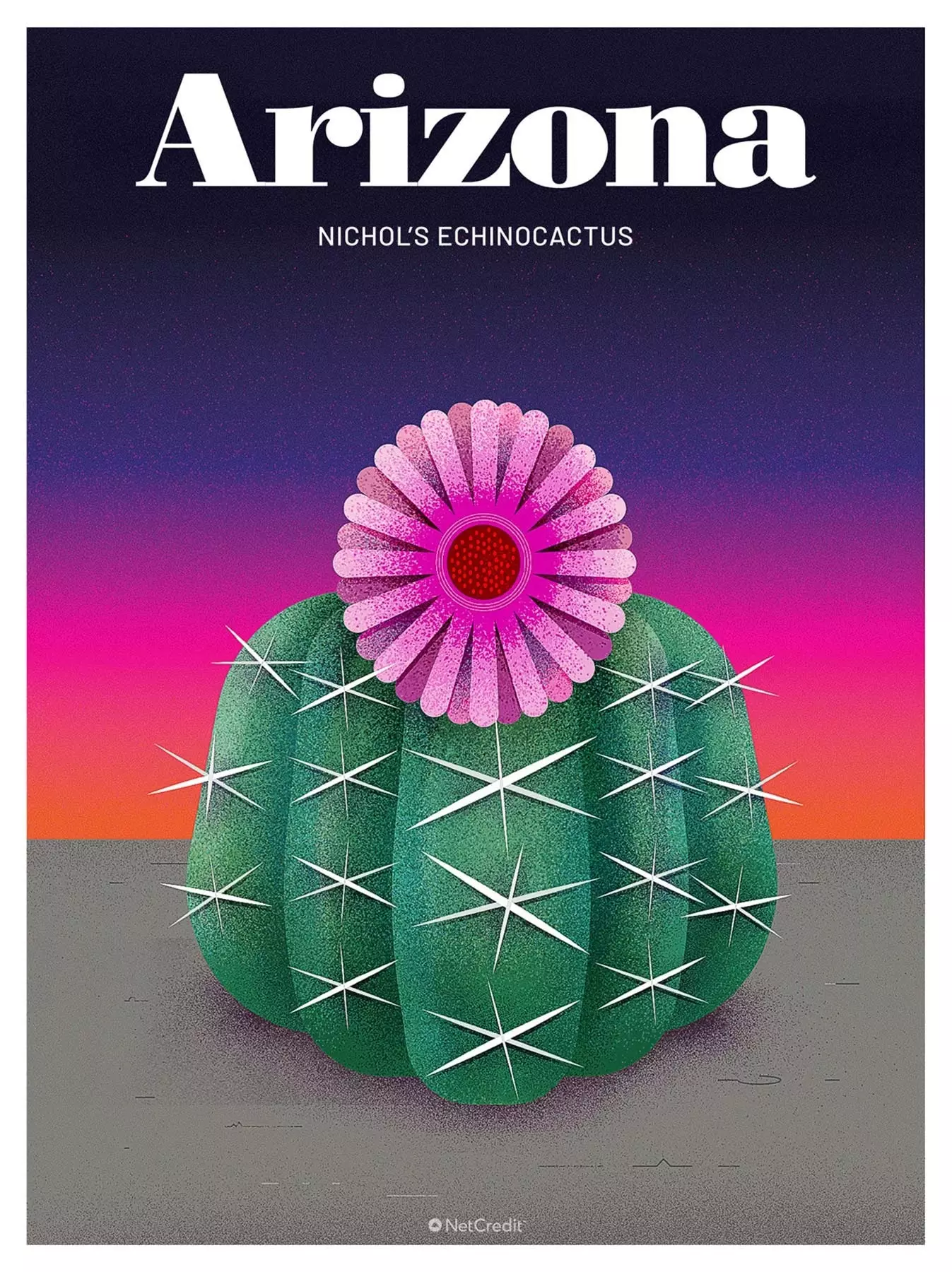
Nichol's Echinocactus
Arkansas: Southern Spicebush (Lindera melissifolia)
Also know as pondberry ("pond berry") , this aromatic colonial shrub is found in the wetlands of the southeastern United States. Wetland drainage and habitat fragmentation have made it difficult for the species to reproduce.
**California: Ventura marsh milk-vetch **
This perennial has only been seen in seven places in the world in the last century. It was thought to be extinct before being rediscovered in 1997 on private land that had been used to dump petroleum products.
Colorado: Clay-Loving Buckwheat
Clay-Loving Buckwheat is only found in the clay landscapes of Colorado. It is a subshrub composed of needle-shaped leaves and clusters of cream and pink flowers.
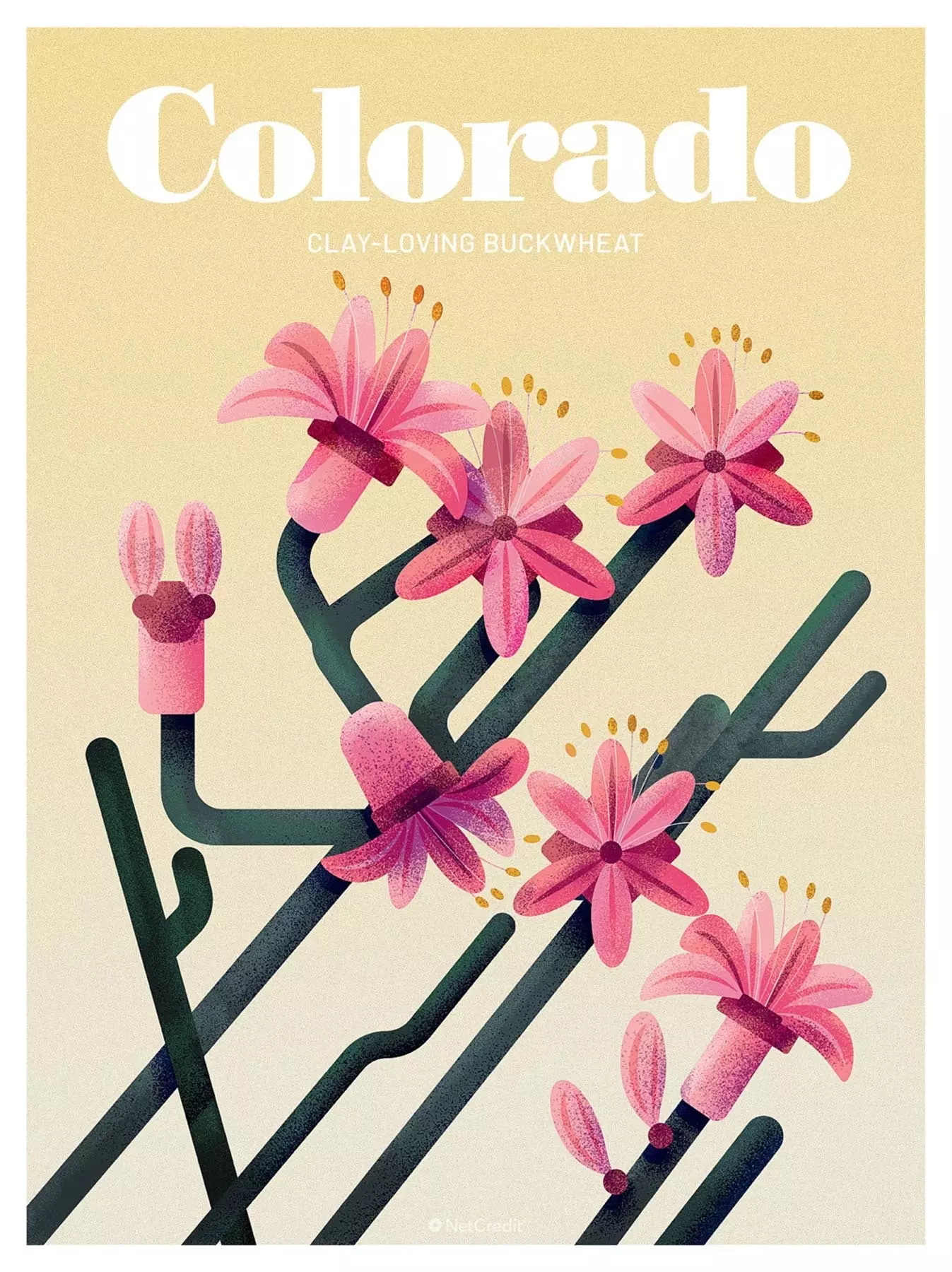
Clay-Loving Buckwheat
**Connecticut: Sandplain False Foxglove (Agalinis acuta)**
This plant grows where others perish: in arid or fire-ravaged landscapes. Despite their apparent independence, they require a plant to supply them with nutrients. Its pink and red-spotted flowers last only one day.
Delaware: Canby's Cowbane (Oxypolis canbyi)
A large percentage is eaten by the larvae of swallowtail butterflies. But its main threats are industrial agriculture and forestry, as well as fire suppression systems.
Florida: Avon Park Rattlebox (Crotalaria avonensis)
This species, endemic to Florida, only grows in three zones. The rise of urbanization Nearby makes it difficult to play the Avon Park Rattlebox.
Georgia: Black-spored Quillwort (Isoetes melanospora)
The quintessential enemies of this plant, also known as Black Spore Merlin Herb, are the dumping of rubbish and the traffic, whether in vehicles or on horseback.
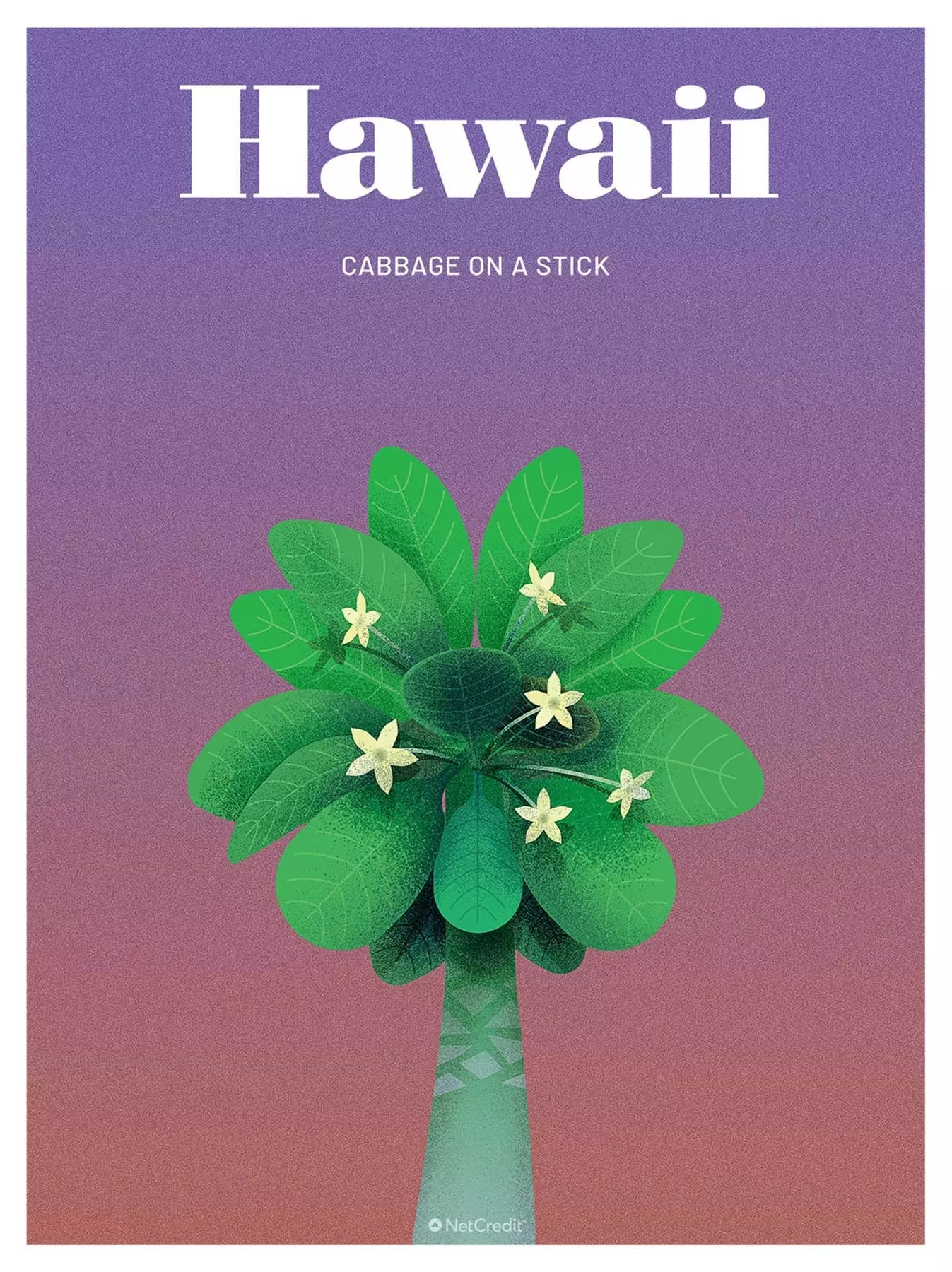
Cabbage on a Stick
Hawaii: Cabbage on a Stick (Brighamia insignis)
Cabbage on a Stick grows on the cliffs of Hawaii. The dovecote, which was its only natural pollinator, has become extinct. This fact, added to goats, rats and weeds, threatens the existence of the plant.
Idaho: Hermit Milkvetch (Astragalus eremiticus)
This orchid-like perennial plant is threatened by urban development, off-road vehicles, mining and grazing. It is mainly found in clay soils.
Illinois: Running Buffalo Clover
Horse hooves and grazing cattle are often a threat to plants, but herds of bison , which gave this species its name, were essential to its development. This clover flourished in the tracks left by these animals, that are no longer there today.
Indiana: Short's Goldenrod
Indiana's rarest plant exists in only two places, and **the Indiana Department of Natural Resources is keeping its location a secret. **
Iowa: Blue Giant Hyssop
The giant blue hyssop is member of the mint family and gives off an anise scent when its leaves are crushed. The plant is scarce in Iowa , which is in the geographic edge of the habitable landscape of the hyssop
Kansas: Mead's Milkweed
The mining bees and small bumblebees they are its main pollinators but, unfortunately, they do not bother to visit the small populations of this plant.
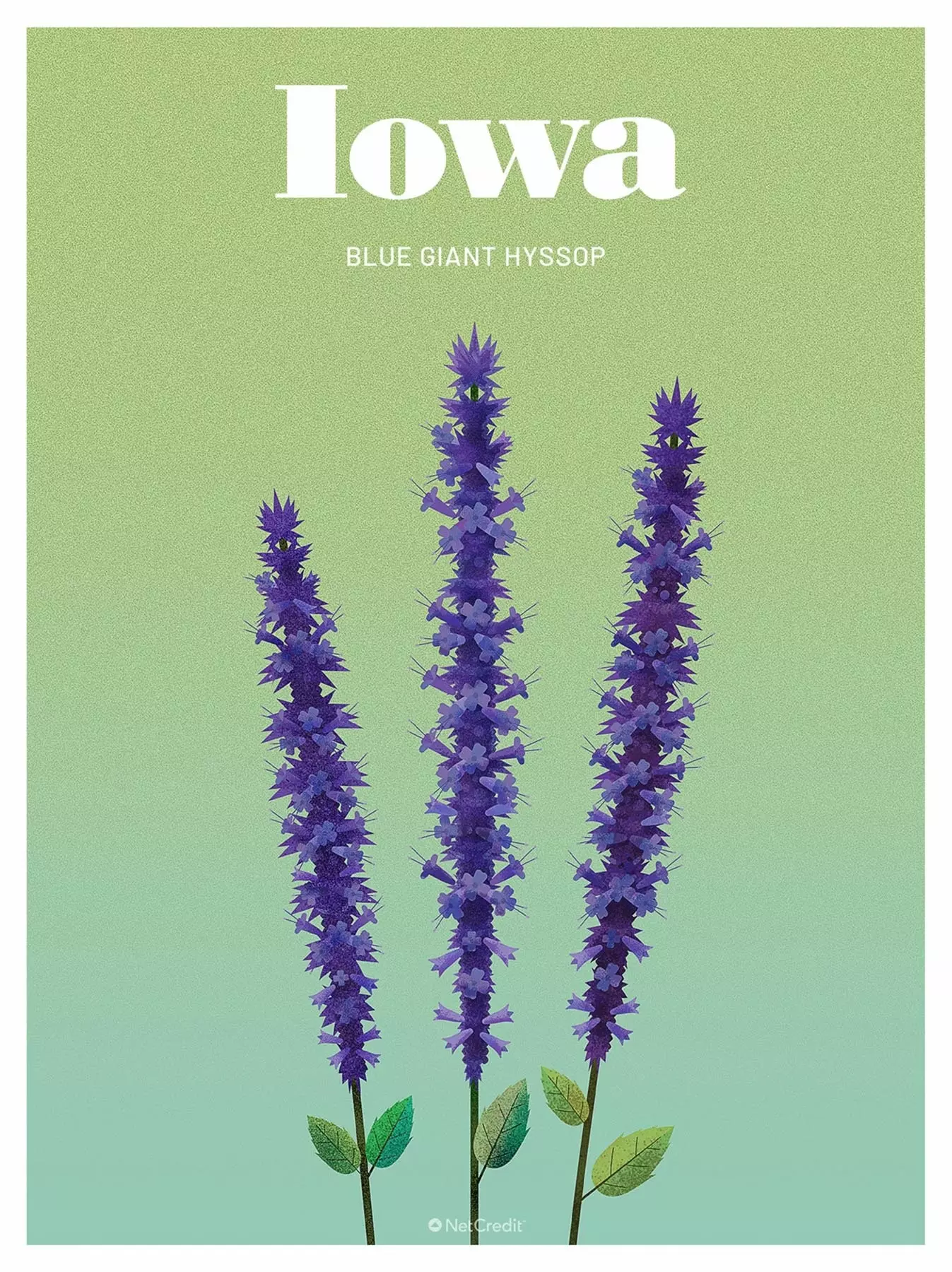
Blue Giant Hyssop
Kentucky: Filmy Angelica
This plant, which grows at elevations thousands of feet high, is in danger of extinction in Kentucky and Maryland.
Louisiana: Louisiana Quillwort
This aquatic grass can only be found in three places in Louisiana. Lives in shallow waters and cling to sand and gravel. The impact of industry on water quality threatens the livelihood of this plant.
Maine: Furbish's Lousewort
The only endangered plant in the state of Maine was the first to receive the name of a botanical woman: Kate Furbish.
Maryland: Barbedbristle Bulrush
The barbed cattail, also known as the northeastern cattail, lives in the ponds and shallows of Maryland . Water contamination and the use of off-road vehicles are its main threat.
Massachusetts: Adam and Eve
This peculiar orchid owes its name to the twin corms that form its roots.
Michigan: Michigan Monkeyflower
This plant endemic to the state of Michigan it depends on good sun exposure and a constant flow of cold, clean water. Unfortunately, the latter has been compromised by urban development.
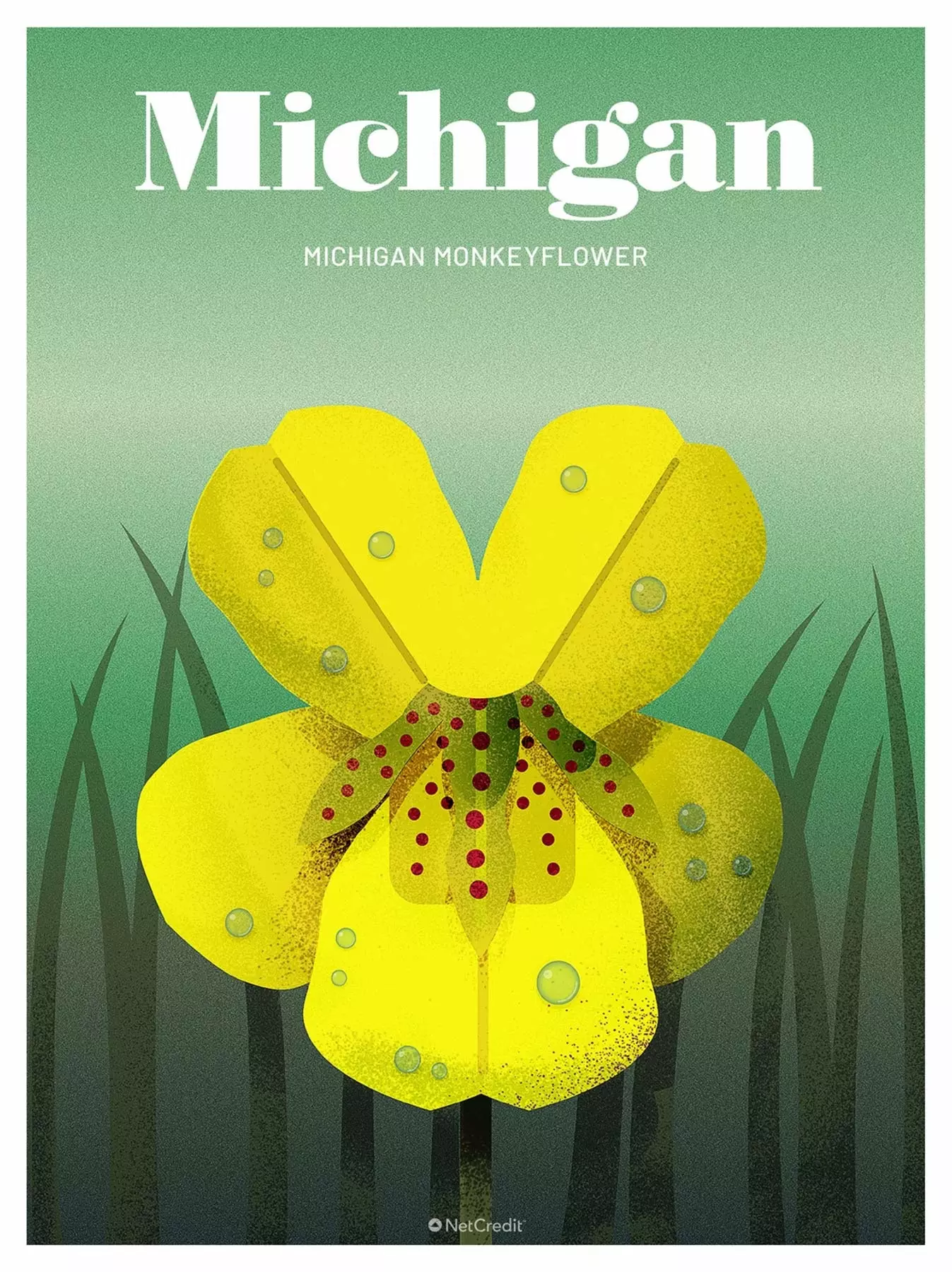
Michigan Monkey Flower
Minnesota: Minnesota Fawnlily
This lily has only been seen in three Minnesota counties and is not outside of this state.
Mississippi: False Rosemary (Conradine)
Its flowers are the color of rosemary and its smell is similar, hence its name ('rosemary' means 'rosemary' in English).
Missouri: Virginia Sneezeweed
This variety of Sneezeweed is found only in the wetlands of Virginia and Missouri. The impact of cattle on the ground, felling trees and vehicles contribute to their plight.
Montana: Streambank Wild Hollyhock (Iliamna rivularis)
It grows to more than two thousand meters of height, on the moist slopes of the mountains, and on the banks of streams. Fire suppression systems have led to a massive decline in their population.
Nebraska: Blowout Beardtongue
The Blowout Beardtongue species only grows in north-central Nebraska and in the Red Desert of Wyoming.
Nevada: Bitter Niterwort
This small plant grows in the clay soil of the Ash Meadows National Wildlife Refuge. It is on the list of endangered species due to agriculture, mining and groundwater exploitation.
New Hampshire: Jesup's Milkvetch
Live in the cracks in the steep rock formations of New Hampshire and, although they endure droughts, ice and floods, the climate change has pushed this species to its limits.
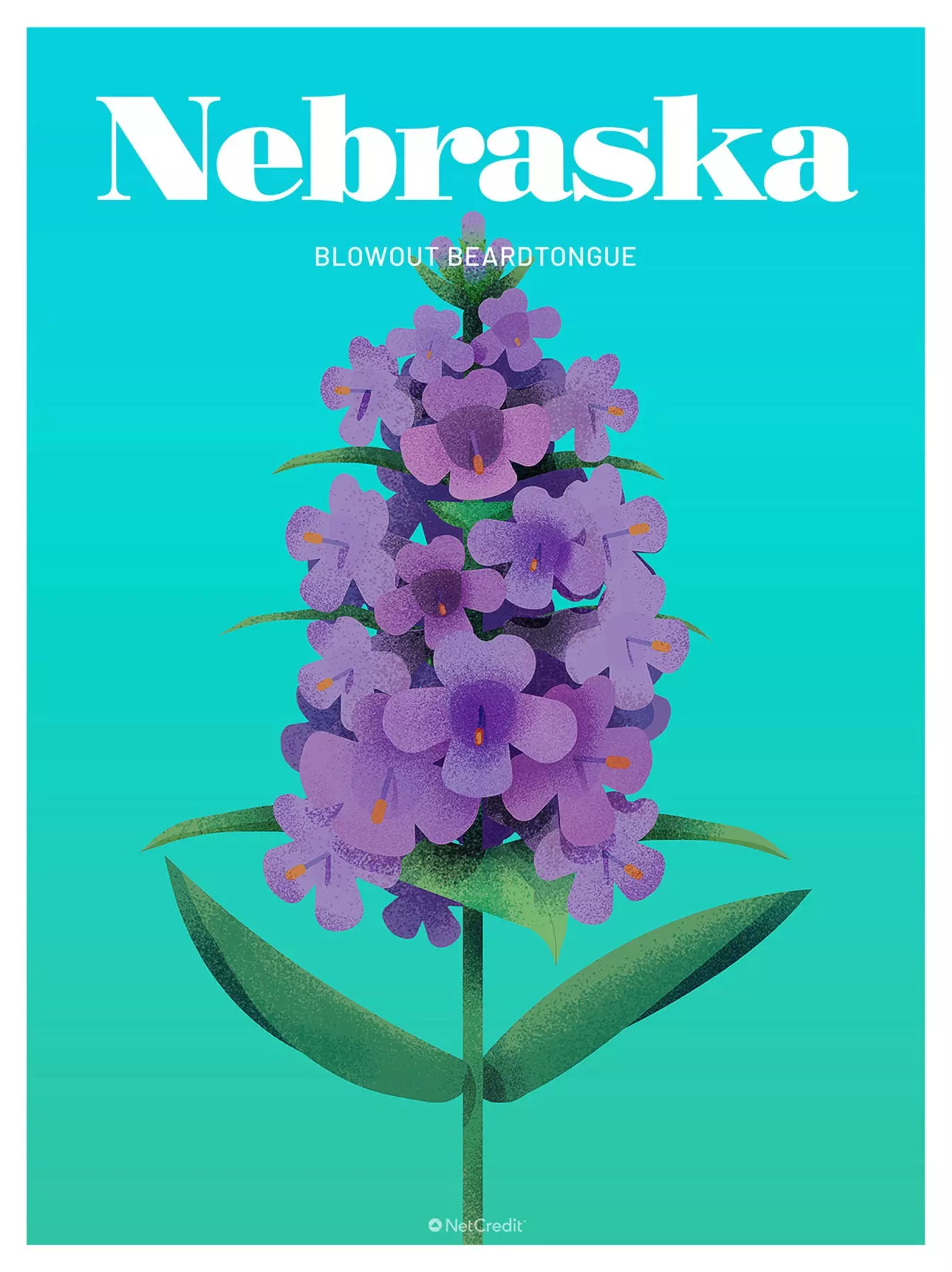
Blowout Beardtongue
New Jersey: Chaffseed (Schwalbea americana)
Fire suppression, harvesting and habitat disturbance it has been removed from some states and placed on New Jersey's endangered species list.
New Mexico: Holy Ghost Ipomopsis
Holy Ghost Ipomopsis made headlines in 2013 when firefighters saved the original population of a massive forest fire in Holy Ghost Canyon. It had only been identified a quarter of a century before the catastrophe.
New York: Arnica
This species has a small flower in the shape of daisy with yellow petals. It is rare worldwide, and the New York populations are particularly vulnerable because they grow in groups small enough to be wiped out by a single external disturbance.
North Carolina: Jones' Pitcher Plant (Sarracenia jonesii)
Tempted by the sweet smell and the seductive appearance of this carnivorous plant, the insects land inside the tube and slide across the inner surface, where they are digested.
North Dakota: Great Plains White Fringed Orchid
The number of these orchids has been greatly reduced because farmers have turned their home into farmland.
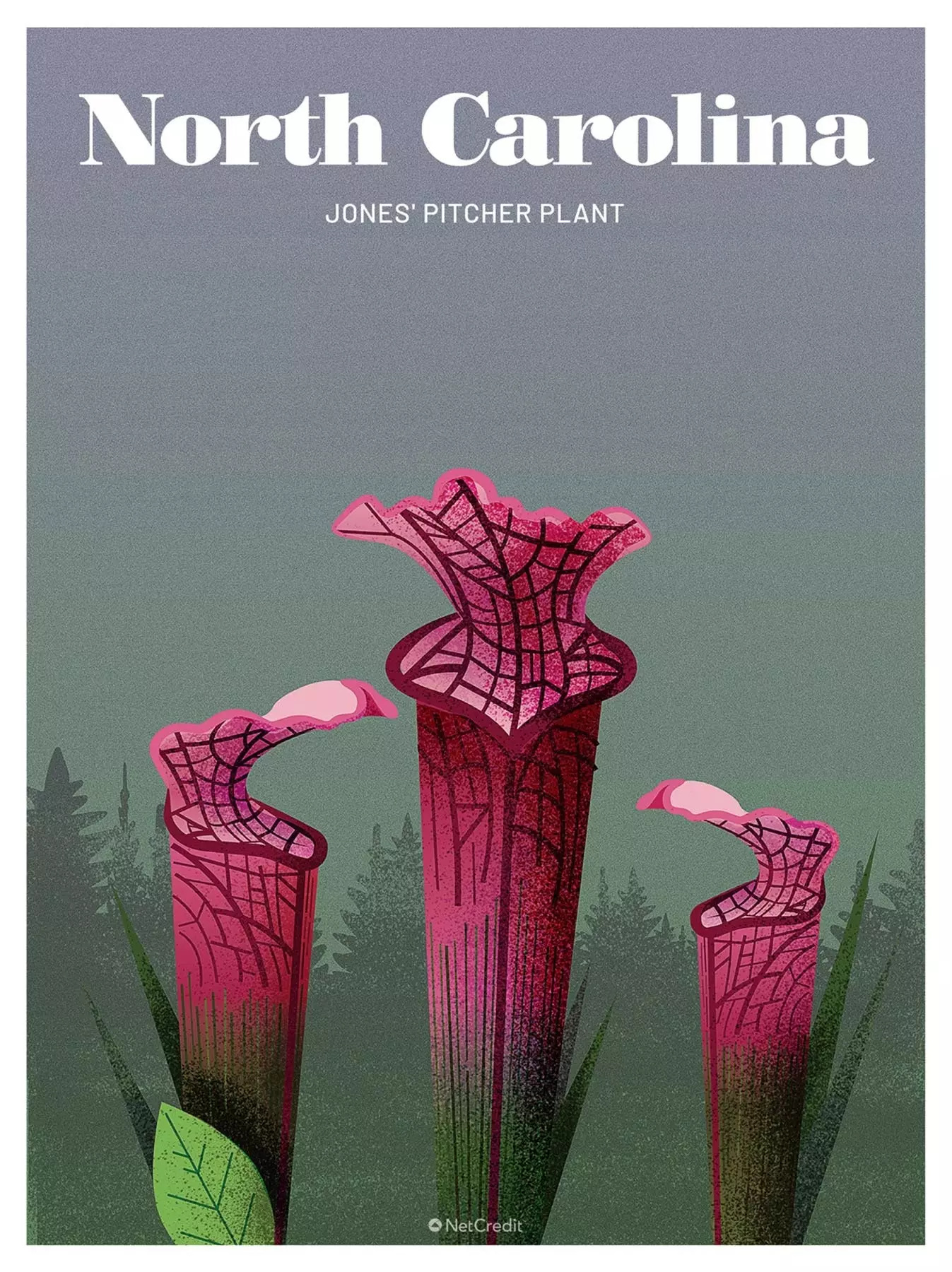
Jones' Pitcher Plant
Ohio: American Globeflower (Trollius laxus)
Drainage and loss of wetlands greatly reduced the number of these flowers throughout the 20th century.
Oklahoma: Prairie White Fringed Orchid
the beauty of this orchid has done it popular with collectors, contributing to an already dangerous situation due to the habitat loss and the use of pesticides.
Oregon: Gentner's fritillary (Fritillaria gentneri)
Laura Gentner, of 18 years, she found this flower in 1941 , when she brought one of hers to the garden of her house. A year later, Laura's sister saw the same type of lily in a friend's flower arrangement. Nowadays, It's still just as hard to find.
Pennsylvania: Smooth Purple Coneflower
The work of maintenance of power lines is a hazard for these plants, as well as the suppression of forest fires, which damages the fertility of the land.
Rhode Island: Dragon's Mouth
Dragon's Mouth is a flower endemic to North America, where **it inhabits swamps, bogs, and wetlands. **
South Carolina: Schweinitz's Sunflower (Schweinitz Sunflower)
This late blooming sunflower is named after Lewis David von Schweinitz, the founder of america mycology, who discovered the plant more than 200 years ago.
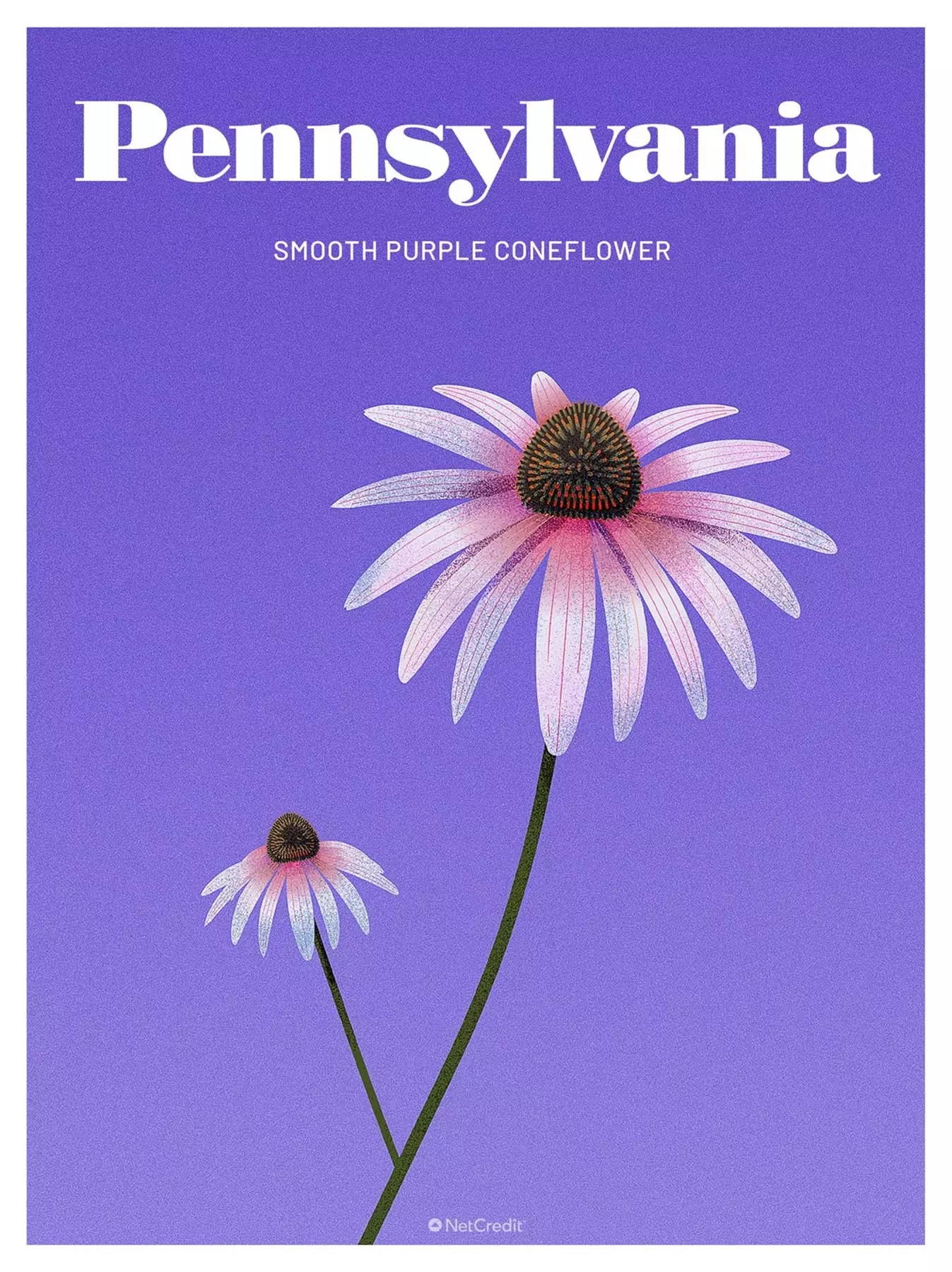
Smooth Purple Coneflower
South Dakota: Great Plains White Fringed Orchid
can be found between Oklahoma and Manitoba , but is threatened in South Dakota and absent from most of its natural range.
Tennessee: Limestone Glade Milkvetch
It was found by environmentalist Milo Pyne in the 1980s and its fruit is similar to the plum.
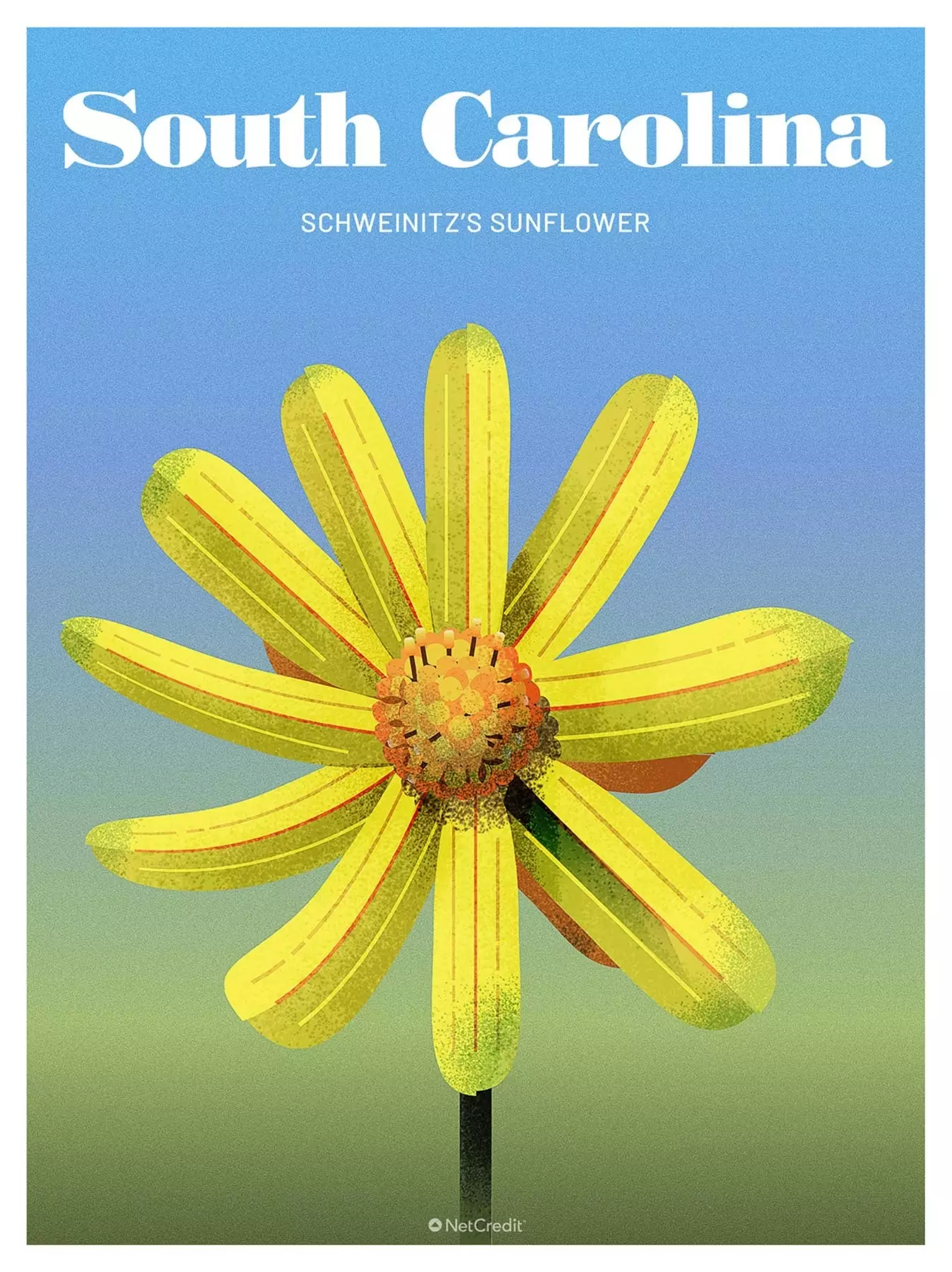
Schweinitz's Sunflower
Texas: Navasota Lady's Tresses
This alluring orchid is native to Texas. Her name (“Lady Navasota’s braid”) It is due to the spiral of white flowers that cling to the top of the stem.
Utah: Attwood's Phacelia
This flower, collected for the first time in 1883, can only be found in the Spanish Fork Canyon Utah.
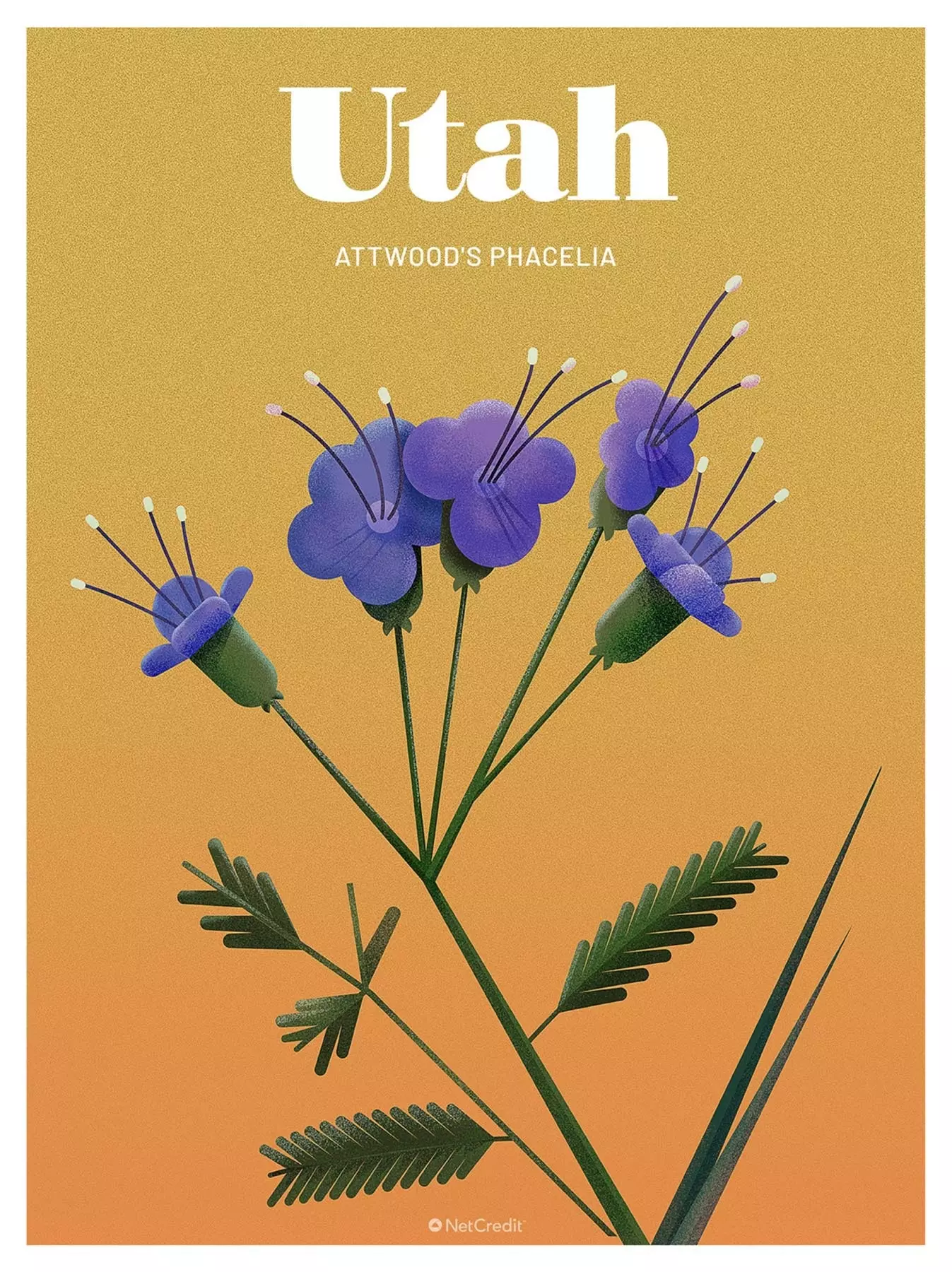
Attwood's Phacelia
Vermont: Auricled Twayblade (Listera auriculata)
This rare orchid lives in forests, swamps and bogs.
Virginia: Streambank Bittercress
Also known as "the little bittercress", this member of the family only grows on private land, which makes it difficult to track them and increases their vulnerability to urban development.
Washington: Oregon Checkerbloom
Wetland changes and invasive species threaten the existence of the Oregon Checkerbloom flower.
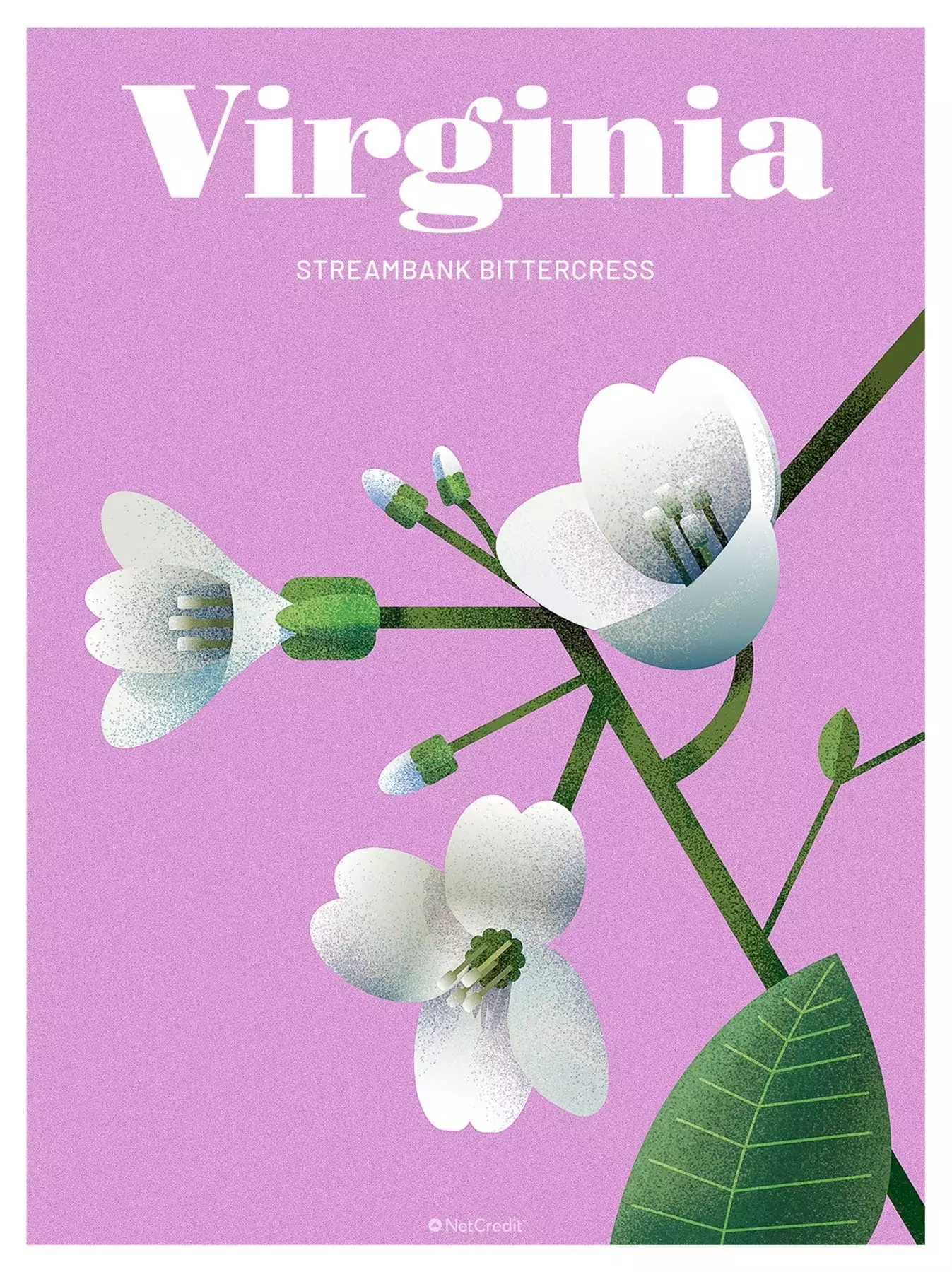
Streambank Bittercress
**West Virginia: Shale Barren Rockcress **
Shale Barren Rockcress is a one meter tall plant with small white flowers. Although many more populations of the plant were recently discovered by studying the George Washington National Park , conservationists remain cautious.
Wisconsin: Leafy Prairie Clover
exploitation of the land, grazing and firefighting are bumps in the development of green leaf clover.
Wyoming: Colorado Butterfly Plant
This species, of the evening primrose family , is making a comeback in the laramie county , where they have been marked 3,538 acres of critical habitat for the special attention of conservationists.
